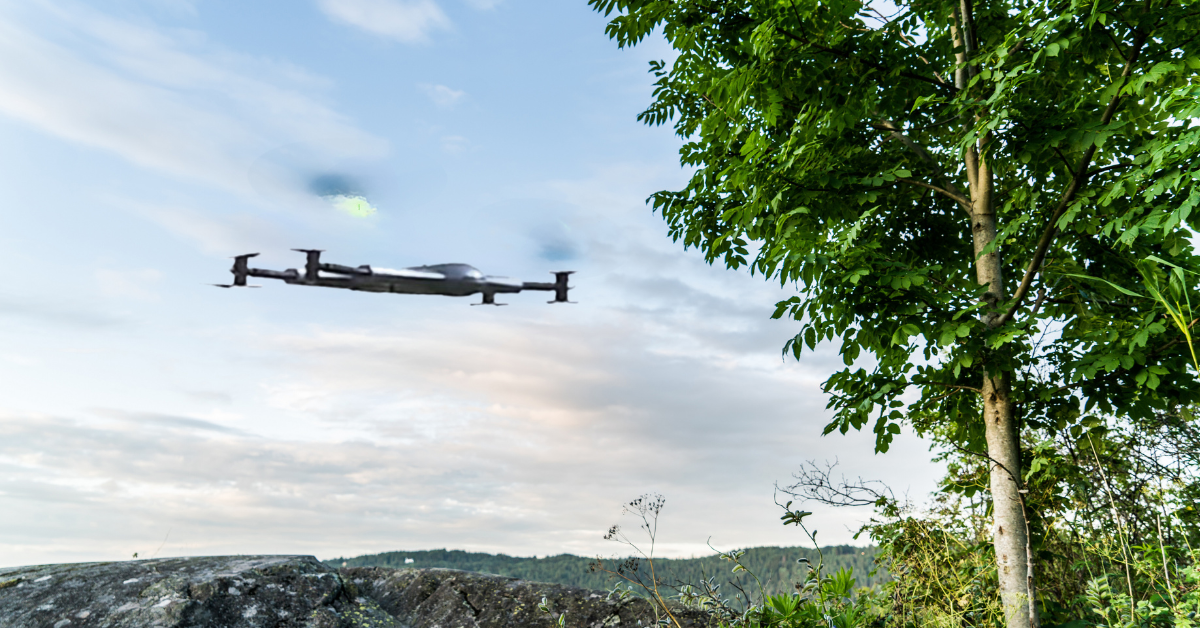As surveillance technology advances, so do the options available in the market. But only two have withstood the test of prominence: drone security and traditional surveillance cameras.
A drone security camera system finds its leverage in the versatility and mobility of crewless aerial vehicles to provide dynamic, real-time monitoring and rapid response capabilities. On the other hand, surveillance camera systems, albeit rooted in traditional technology, offer consistent and stationary surveillance coverage.
In this blog post, we will compare these two systems by evaluating their characteristics, disadvantages, and factors to consider. Ultimately, we will highlight why a drone security camera system is superior.
Understand Your Need
But before we can assess the merits of each system, we need to answer some questions as a starting point. After all, the accurate measure of any security system is if it meets all your requirements.
#1. What Are My Security Goals?
At the onset, it needs to be clear what specific security challenges you are trying to address with your security system. Do you need real-time monitoring, rapid response, or comprehensive area coverage? Different industries require different security attributes – it is helpful to have a checklist.
#2. What is the Size and Layout of the Area to Be Monitored?
Your answer to this question may be the dealbreaker. Is the area relatively small and confined, or large and spread out? Are there obstacles or difficult-to-reach areas that require specialized surveillance?
#3. What Level of Detail Do I Need in Surveillance?
Whether it may be your home or the national territory, the level of detail you need depends on your specific objectives and the context in which you are implementing surveillance. Do you require high-resolution imagery, or is standard video quality sufficient? Do you need specialized features like thermal imaging?
#4. Do I have Privacy and Legal Considerations?
The other side of the coin of security is privacy. Hence, it is essential to know if there are any legal restrictions or regulations related to security system use in your area. How will your chosen system handle privacy concerns like capturing images of neighboring properties or individuals?
#5. What Are the Costs and Budget?
Security does not need to come at a hefty price. Determine your initial investment cost while considering any ongoing operational and maintenance costs.
#6. What is the Maintenance and Upkeep Required?
Like any system, maintenance and upkeeping is always a concern. Ask yourself if there are specific training requirements for maintaining and operating the chosen system and if you are willing to shoulder them.
Know The Pros and Cons of Security Systems
Now, with questions out of the way, let’s tackle a perennial concern for the surveillance camera system.
Individuals with intentions ranging from minor mischief like graffiti to more serious activities like vandalism or theft can easily spot the areas under surveillance by simply looking up. Even with advanced camera setups that employ motorized swivel mounts, the movement remains foreseeable as it only covers a restricted area – making it completely evadable.
On the other hand, drone security camera systems are exactly built to address such concerns. These drones are equipped with cameras that can capture live footage from various angles and perspectives, providing a dynamic and adaptable approach to surveillance.
Using drones allows for aerial views and remote monitoring of large areas that might be challenging for traditional surveillance cameras to cover. This system is beneficial for monitoring expansive outdoor spaces, critical infrastructure, and events that require live monitoring from different vantage points.
Next, we ask another question: Do you want quality vs. quantity or quality and quantity?
Surveillance cameras are typically mounted on walls, ceilings, poles, or other structures. If you want a comprehensive security system, you must install many surveillance cameras to make up for its stationary nature – a cost that drones could entirely avoid.
Drones can adjust their flight paths and altitudes, making them adaptable to changing security needs. Drones can also change their viewpoints and angles on demand – providing dynamic monitoring of moving targets or events, which can be particularly useful for tracking suspicious activities or crowd management during events.
Finally (and you should refer to your answers to questions #3 and #4), the most evident benefit is in the detail of surveillance drones provide without being intrusive.
Operating independently or in coordination with other drones as a fleet, it maneuvers through the air along preplanned routes, capturing complete 360-degree video coverage to comprehensively document activities from all directions. All these may be done without the discomfort of having a surveillance camera fixedly aimed at you indefinitely.
Know What to Look For In A Drone Security Camera System
Now that we have established the better choice (drones – if it needed to be more obvious), we must know what to look for. Features may differ from one drone camera company to another, making it essential for you to be informed.
#1. Steady Camera Imaging
Many drone cameras offer high-resolution video and imaging capabilities, ensuring clear and detailed visuals for identification and analysis.
#2. Intelligent Multispectral Sensors
Drones can be equipped with various sensors beyond cameras, such as multispectral sensors or temperature detectors, expanding their capabilities for diverse security applications.
#3. Autonomous Aerial Surveillance Modes
Advanced drones can operate autonomously, following predetermined routes or patterns, allowing for consistent and systematic surveillance – sometimes even in adverse weather conditions.
#4. Comprehensive Machine Intelligence
A top-of-notch drone can conduct daily area scans through its multispectral sensors, capturing images, videos, and essential information about the physical land and its topographical features.
Takeaway
While traditional surveillance systems have their merits in stability and familiarity, the ever-evolving landscape of security demands innovation and adaptability. Drone security camera systems stand as a testament to technological progress, offering a transformative approach that addresses existing security needs and opens the door to new possibilities in surveillance and response.
